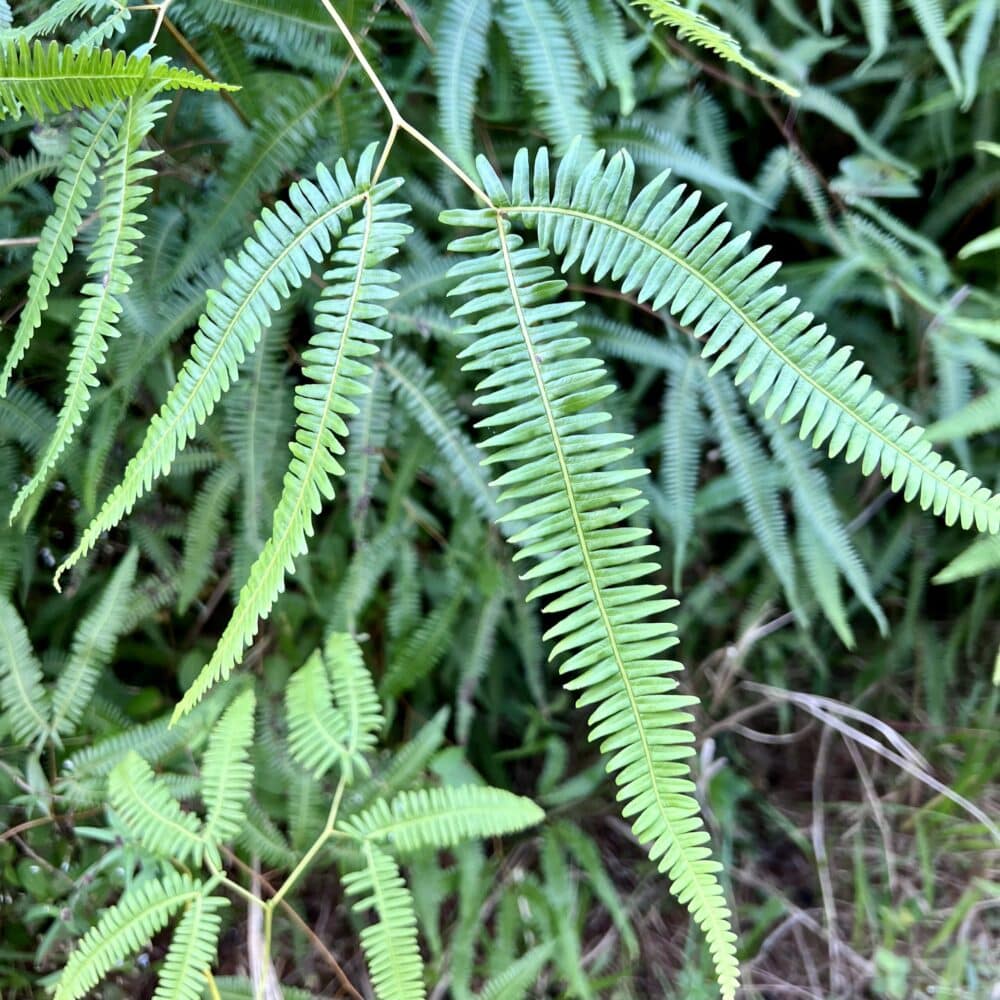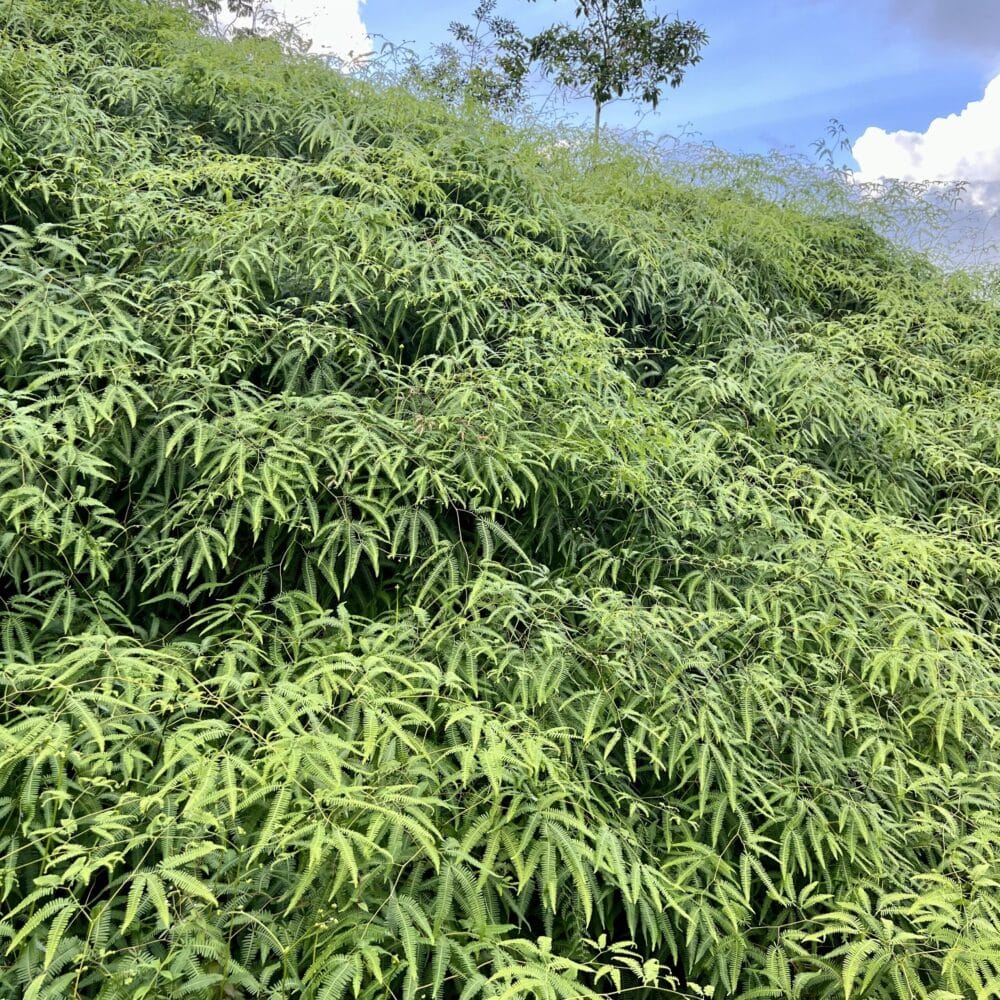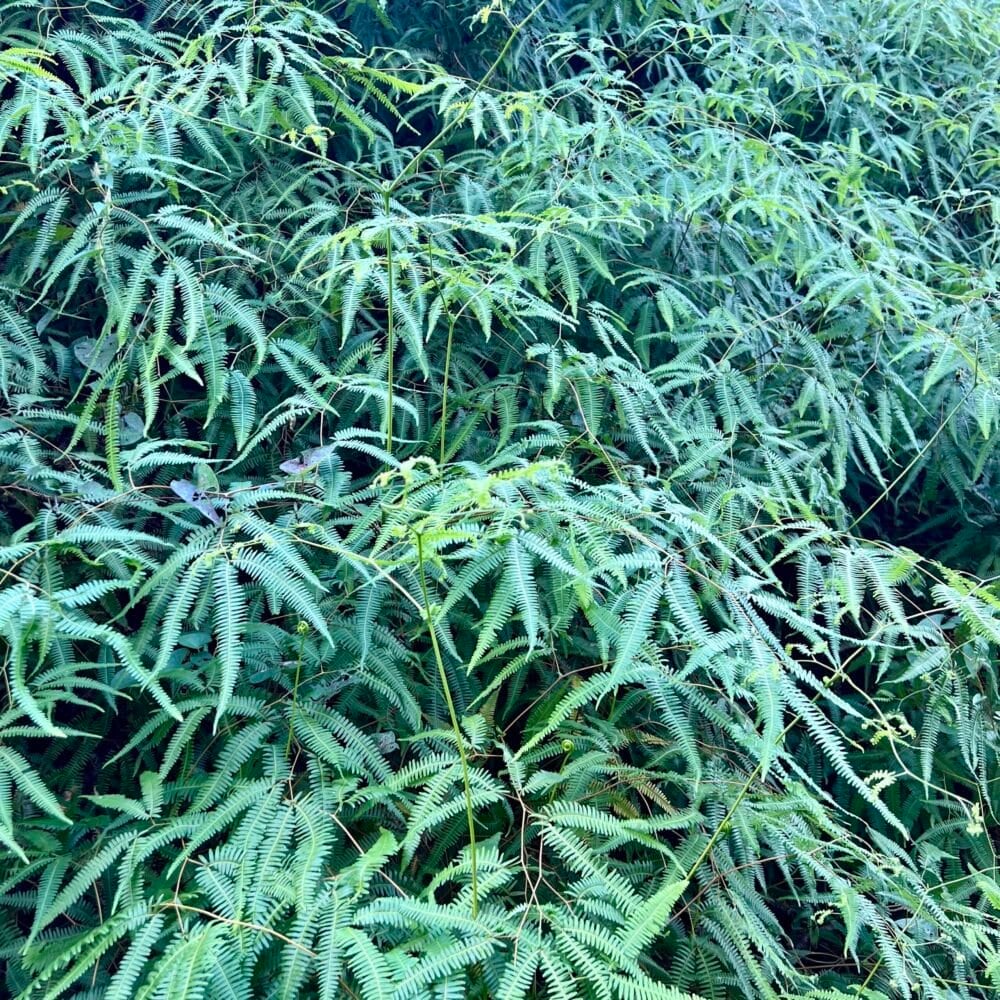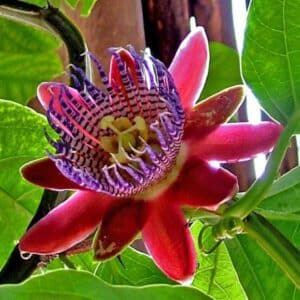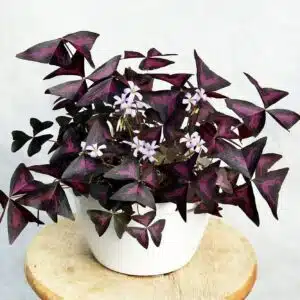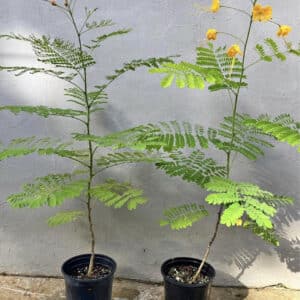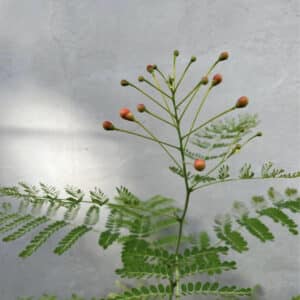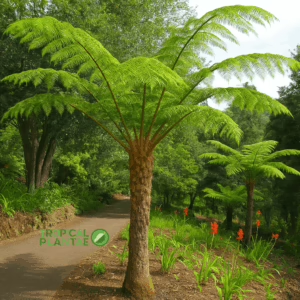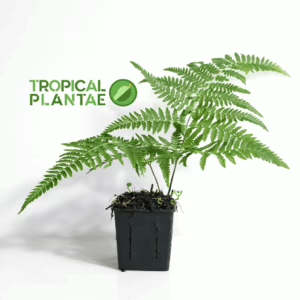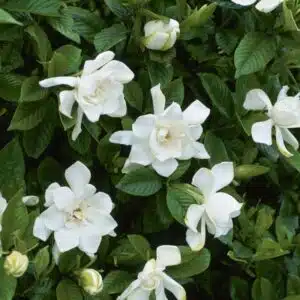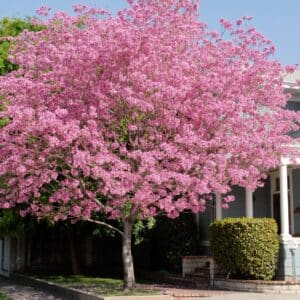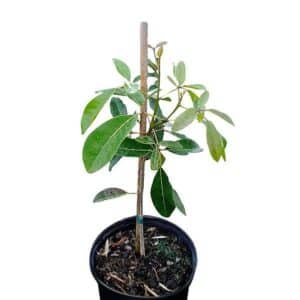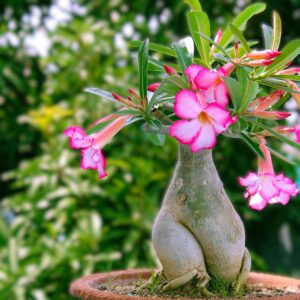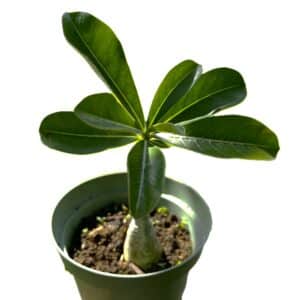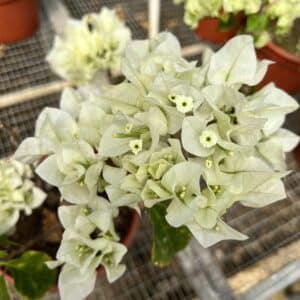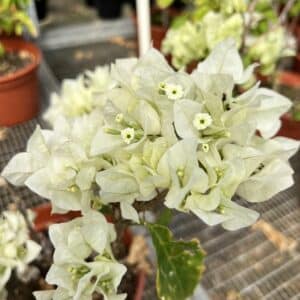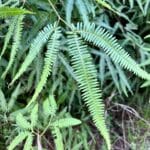
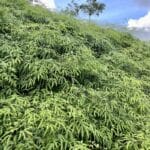
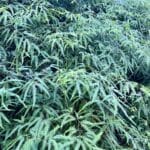
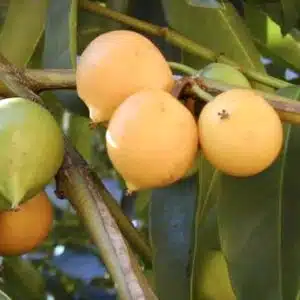
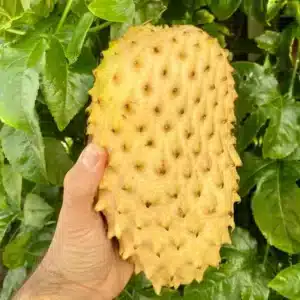
Old World forked fern tropical live plant 12″
$70.00 Original price was: $70.00.$49.99Current price is: $49.99.
The Old World Forked Fern, scientifically known as Dicranopteris linearis, is a fern species native to tropical and subtropical regions across Asia, Africa, and Australia. It features finely divided fronds that grow in a distinctive forked pattern along a central stem. This fern prefers moist, well-drained soil and partial to full shade, making it suitable for use as a ground cover or potted plant. With its ornamental value and historical significance, the Old World Forked Fern is a charming addition to any garden or indoor space.
When you purchase a from us, rest assured that we prioritize swift and efficient delivery. Following the receipt of your payment, we dispatch your tree the very next day through USPS, ensuring a quick transition from our care to yours. Our fruit trees are not only certified by the USDA, guaranteeing their quality and adherence to stringent agricultural standards, but they also come with a 30-day guarantee. Should you encounter any issues within this period, please don’t hesitate to contact us at the number provided above. For a faster resolution, we recommend sending pictures or explaining the situation with your order number. This allows us to understand the issue fully and take the necessary steps to make things right for you.
Old World Forked Fern:
The Old World Forked Fern, scientifically known as Dicranopteris linearis, is a fern species native to tropical and subtropical regions across the Old World, including Asia, Africa, and Australia. It is a widely distributed fern that thrives in a variety of habitats, from forests to open fields, and is known for its distinctive forked fronds.
This fern is characterized by its finely divided fronds, which grow in a forked pattern along a central stem. The fronds are typically light green in color and can reach lengths of up to several feet. The Old World Forked Fern is a terrestrial fern, meaning it grows on the ground rather than as an epiphyte on trees.
In addition to its ornamental value, the Old World Forked Fern has been used for various purposes throughout history. In some cultures, the fronds were used as thatching material for roofing, while in others, they were utilized as bedding material or even as a source of food for livestock.
In terms of cultivation, the Old World Forked Fern prefers moist, well-drained soil and partial to full shade. It can be grown as a ground cover in shaded areas of the garden or as a potted plant indoors. Regular watering is essential to keep the soil consistently moist, but care should be taken not to overwater, as this can lead to root rot.
An interesting fact about the Old World Forked Fern is its ability to thrive in nutrient-poor soils. This adaptability makes it a resilient and low-maintenance plant suitable for various landscaping applications, particularly in areas where other plants may struggle to grow.
In conclusion, the Old World Forked Fern is a charming and versatile fern species with ornamental value and historical significance. Whether used as a ground cover in shaded gardens or as a potted plant indoors, this fern adds a touch of natural beauty to any setting.
| Planting Bag + Soil |
Planting bag + Soil ,I have soil and container |
|---|

